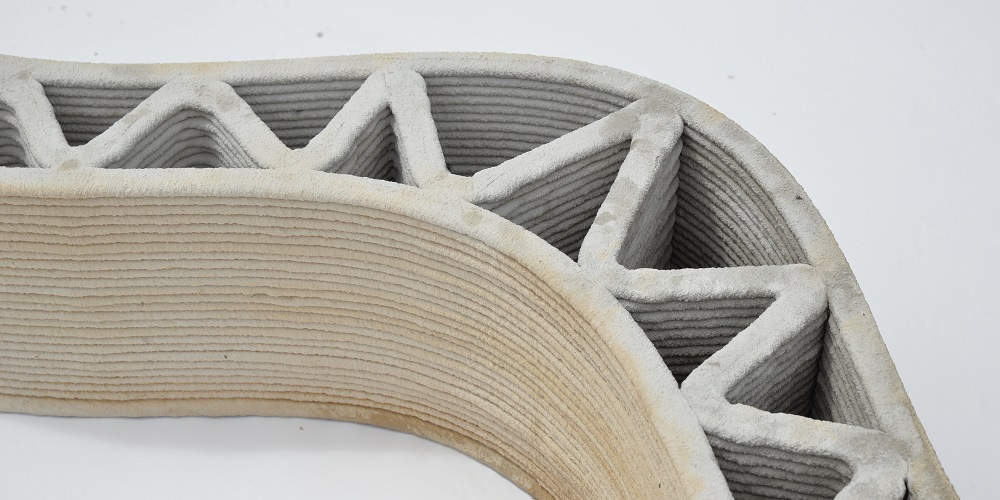
Marjan Colletti
Dr. Marjan Colletti, born 1972 in Bolzano/Bozen (Italy), is an architect, an architectural educator, researcher, and co-principal of marcosandmarjan design limited in London. He is a professorat the University of Innsbruck (Austria) and head of the Institute for Experimental Architecture. His own work, his students’ work and that of his studio marcosandmarjan has been widely published and exhibited. He has exhibited in approx. 60 exhibitions worldwide and is a regular guest critic and lecturer internationally.
REX|LAB (UIBK)
The Institute for Experimental Architecture/Hochbau is part of the Faculty of Architecture at Innsbruck University and headed by Prof. Marjan Colletti. Since the establishment of the Robotic Experimentation Laboratory—REX|LAB in 2012, robotic fabrication methodologies have been a pivotal research trajectory for the institute. This engagement, at the increasingly fuzzy borders of the physical and the digital, allowed for a wide range of experiments that emphasize the relation between the material and design world.
Since the establishment of the REX|LAB, many international researchers and artists have collaborated with the institute. Currently, in cooperation with the industry, the Institute of Experimental Architecture/Hochbau is developing 3D concrete-printing processes—finally 3D printing should become relevant for large-scale building elements. This research cooperation is the continuation of previous activities at the institute, which have already shown reasonable success in a construction methodology that offers some obvious benefits compared to contemporary solutions to building concrete structures. While small-scale 3D printing has meanwhile become an easy-to-access technology, we aim to use industrial robots in combination with concrete to engage with architecture beyond printing mock-ups. Large-scale concrete printing has to challenge the influence of gravity caused by its own weight at a high level, since the material needs to provide initial stability as well as low cure times. The material itself, the extruder, the robotic choreography and the path planning, greatly depend on each other and therefore demand precise control of all aspects. As this research on large-scale printing with concrete continues we are confident we can actively shape this technology for commercial applications in the future and consequently allow architecture itself to be part of this development and embed all its creative potential in it.

